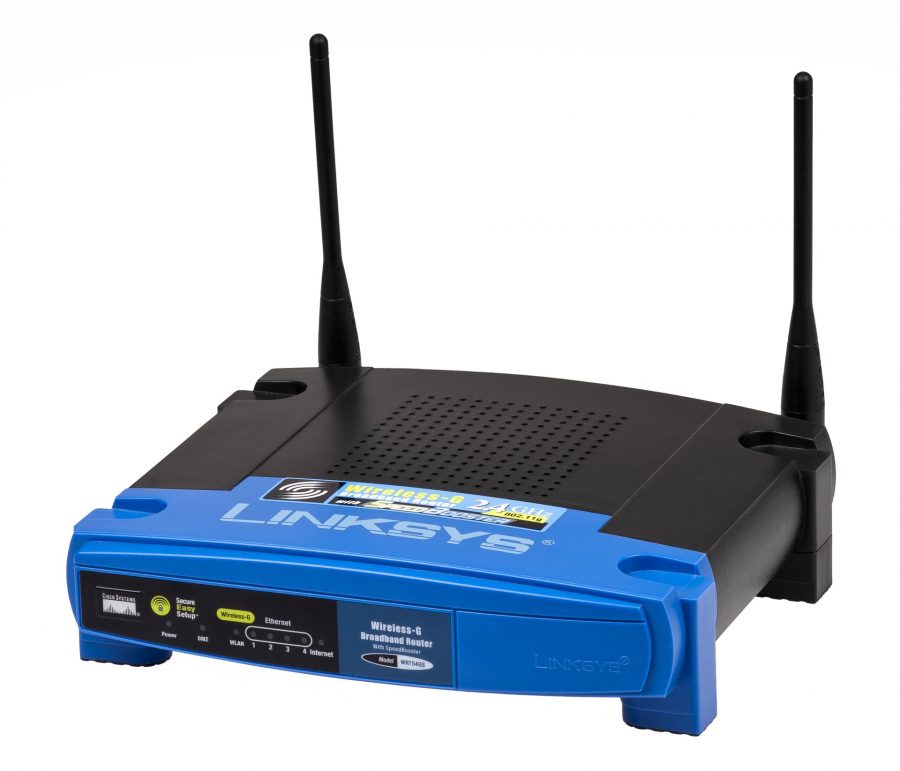A solid internet connection is pretty much essential in today’s world. That’s why it can be really frustrating when you have an internet connection that is slow or cuts out intermittently. In order to fix this issue, it’s important to know what’s causing it. Here are four potential reasons for your slow internet problems.
Too Many People Are Using the Internet Connection
One of the most common problems for slow internet is too many people trying to connect to the same channel. One of the best ways to tell if this is your problem is by looking at the time of day your internet becomes slower. If the connection seems worse during hours when people are off work and home for the evening or on weekends, this is probably a sure sign of congestion in your network. You can solve this problem by choosing a different router channel.
There are typically 11 channels on a standard, 2.4 gigahertz router. Channels 1, 6, and 11 typically work best, but you can always try out other channels for connection speed differences. If this isn’t helping, upgrading to a 5 gigahertz router may be the solution. It’s also important to remember to secure your router with a password. If it’s easily accessible to anyone nearby, you could have unwanted guests and neighbors hogging up your connection and slowing things down.
Your Equipment is Too Old
All routers aren’t the same, so it’s important to understand what type of router you’re using and how it’s impacting your connection speed. AC routers tend to have more features and perform better than most other models. They even have more than double the bandwidth of a standard N router, making them much more capable of giving you a better connection. As long as it’s not your service provider’s, this might be the only case it would be permissible to smash that old router to make room for a new one.
You’re Not Close Enough to the Router
Unfortunately, routers don’t transmit signals over long distances, so there are likely a number of dead spots in your home. You simply may be sitting in one of those spots. You can fix this by testing out where the internet signals are strongest in your home. It’s easy to map out the connection throughout your home using a heat mapper. This tool can tell you where signals are strongest in your home. Plus, it’s free to download and use. Once you determine where your dead spots are, you can look for a Wi-Fi extender that will increase your router’s range and eliminate those dead zones. You can also use a mesh system to fix dead spots. These systems are made up of a bunch of small routers that are all in sync with one another in order to provide a wider range of connection throughout your home.
You Need A New Internet Provider
If all else fails, you may just need a new internet provider. Some internet providers don’t work well in certain areas and each provider has different internet services. Some may work better for you than others. So, if you’ve tried everything to no avail, it may be time to consider other service providers. This can be as easy as searching “broadband internet in Utah” or something similar for where you live. When switching providers, it’s important to know exactly what you want. Know what speeds you want to achieve and how many people you want to access your connection. This will make choosing the right provider a little bit easier.
The Internet has become an important part of our everyday, professional lives. Good internet is a must-have if you need to stream videos, surf the web, play games, etc. That’s why it’s important that you understand your internet coverage and are prepared for how to fix it if things start to go south. These four tips are sure to make your home an internet hotspot in no time.
